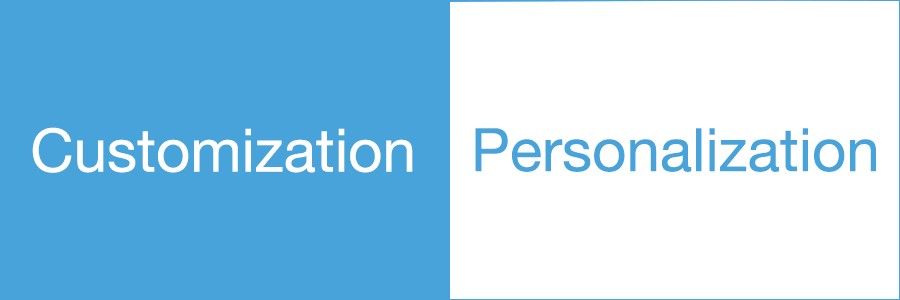Customization and personalization have long remained two of the most popular buzzwords in the modern development world. People often use the these words interchangeably. But there is a difference between the two. While both personalization and customization achieve the same goal — an experience tailored to a user’s interests — the paths used to reach this objective are different.
To help you better understand, here is some helpful insight into customization and personalization:
Customization
Customization is done by the user. An app/service may enable users to customize or make changes to the experience to meet their specific needs by configuring layout, content, or functionality.
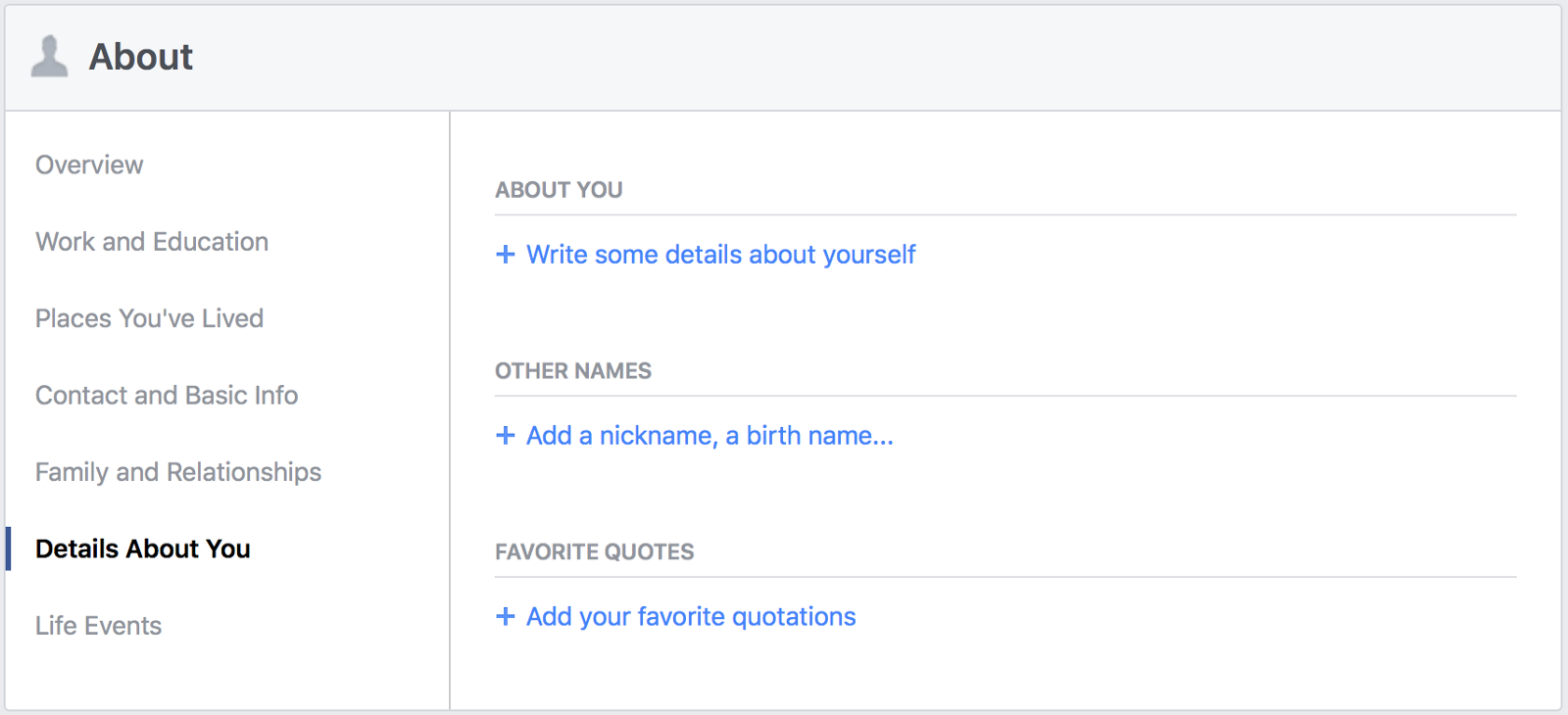
Facebook user profile customization
##Why Customize?
Customization enhances user experience because it allows users to control their interaction: each user can get exactly what they want, because they are in control. Customization works well under the assumption that users know best what their goals and needs are. Thus, it is based on natural intelligence (the users’) over artificial intelligence (the system’s).
##Examples
*Interface customization:* Customization lets users make their own selections about what they want to see, or set preferences for how information is organized or displayed.

Custom news feed in BBC News app for Android. Image credit: NNGroup
Another example of interface customization can be found in Facebook. Facebook lets its users choose the content that they like best. Also Facebook allows you to turn on notifications for individual people, pages, or posts.

Facebook allows user-generated curation.
#Personalization
Personalization is done by the app being used. App tries to deliver user the content, experience, or functionality that matches their needs. For example, Amazon knows a lot about their customers from their purchase history, so they can personalize and offer their customers special offers. This kind of personalization not only brings value to customers but also [increases loyalty](http://www.invespcro.com/blog/online-shopping-personalization/).
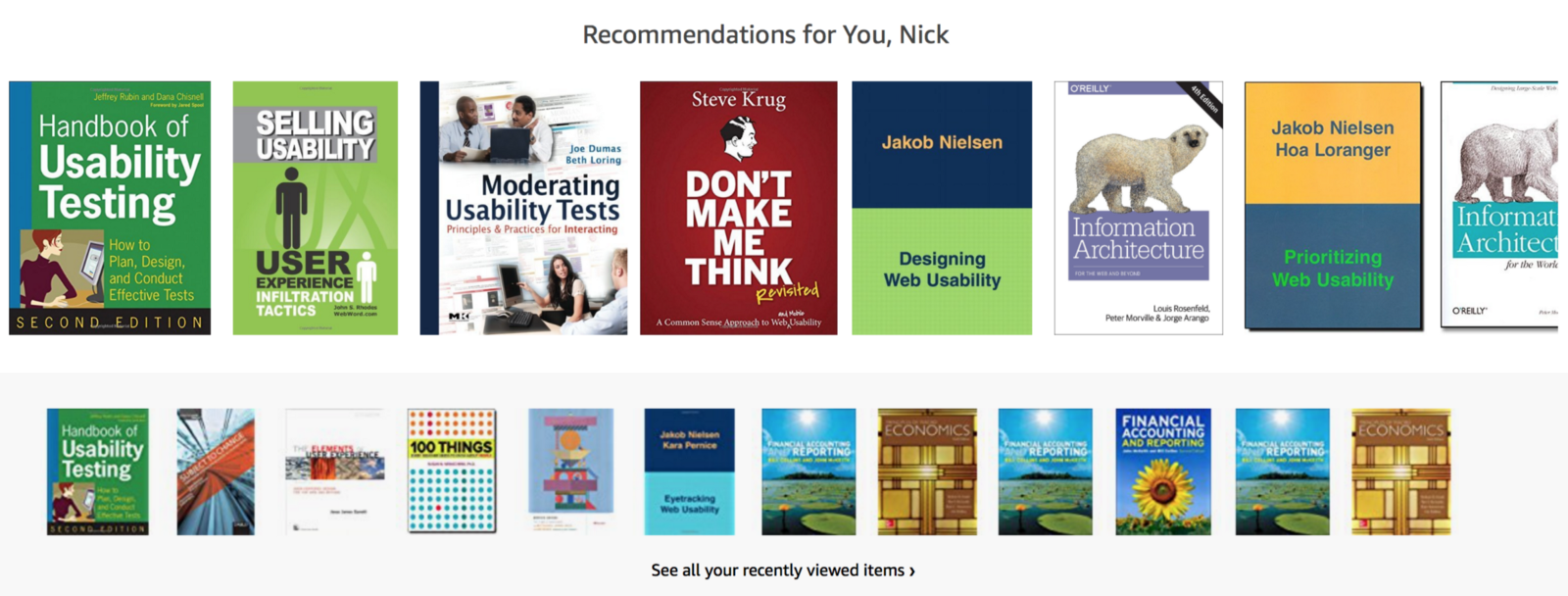
Amazon.com’s suggestions based on past browsing and purchase history.
##Why Personalize?
Personalization has become such an integral part of designing a digital system in large part because it forges a connection with the user. The main goal of personalization is to deliver content and functionality that matches specific user needs or interests, *with no effort from the users.* The app profiles the user and adjusts the interface according to that profile.
##Examples
Push Notifications: A key step in creating an experience that is personalized is to present users with content that is highly relevant. For example, Netflix carefully using viewing data to present recommendations that feel tailor-made.
According to Netflix, 75 percent of their views come from personalized recommendations.
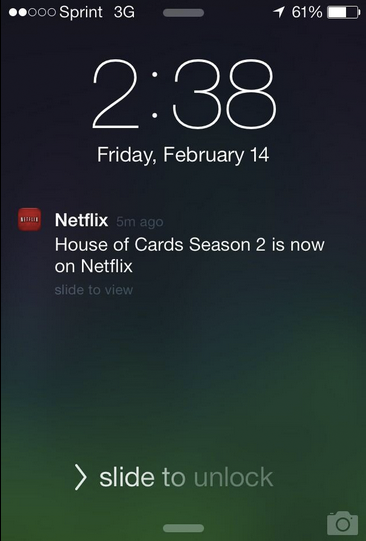
Netflix does a great job of personalizing their push notifications. It uses push notifications to let users know when their favorite shows are available.
Location-Based Personalization: Apps like Foursquare utilize their user’s location to personalize the experience.
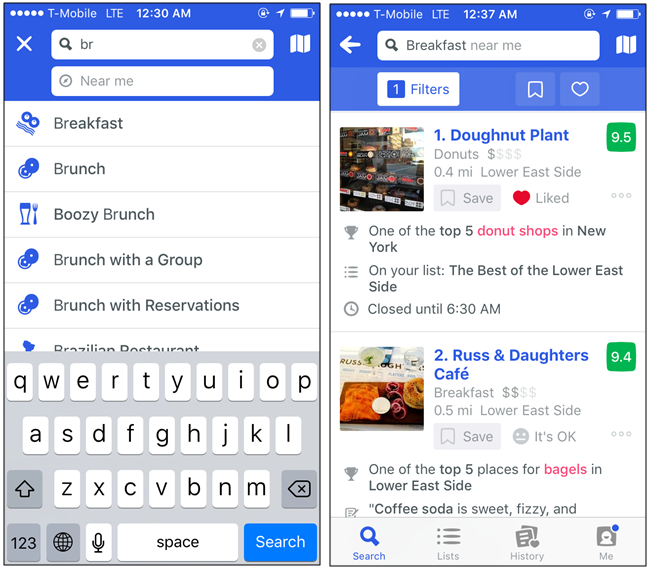
Foursquare detects you location and search for places near you.
Personalized features: For runners, Spotify offers a personalized features. The app uses advanced technology to first discover the rhythm and then suggests a playlist of songs that match the tempo.
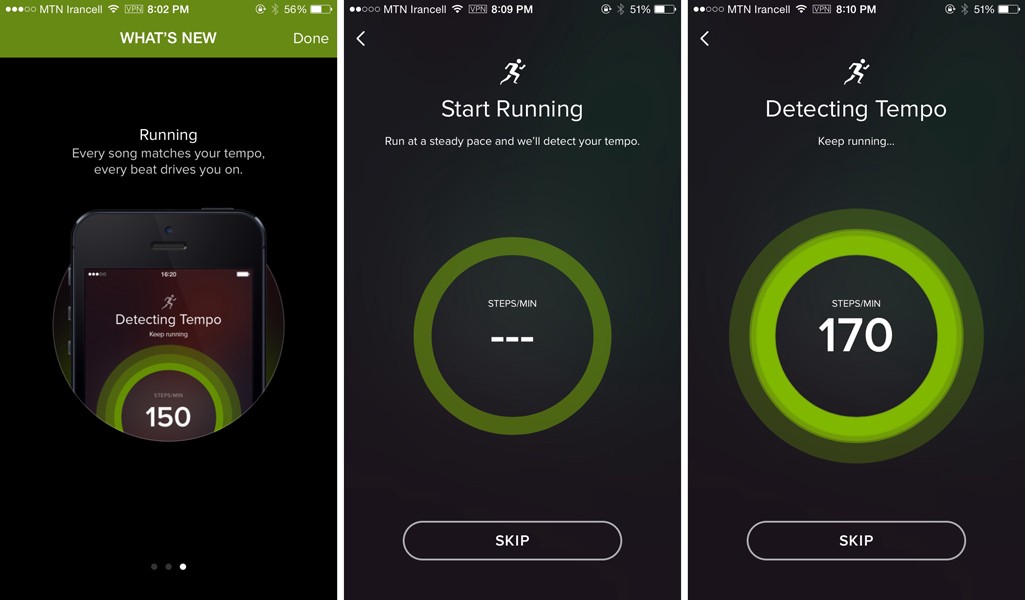
Spotify Running provides a useful service with no or minimal user input.
#The Shift from Customization to Personalization
Customization has long been the gold standard that users have come to expect in their interactions. But situation has changed and today the direction is shifted towards personalization. This shift is driven by the fact that *customization imposes higher interaction cost*. When you provide an experience that the user can customize the burden is all on the user and most users don’t like to tweak the settings. (remember that less than 5% of users change default settings). Also, customization of experiences became more difficult with mobile devices, largely because of screen size. There isn’t a lot of flexibility in creating custom designed interfaces for each and every user on a small mobile screen.
#Conclusion
Every user is different, and for customization/personalization, as with all other aspects of design, knowing your user is key. Consider that both customization and personalization require work and maintenance over time. Personalization requires regular reviews to make sure the right content is going to the right profiles, and customization needs to allow users to make changes as interests or preferences change.
Thank you!
